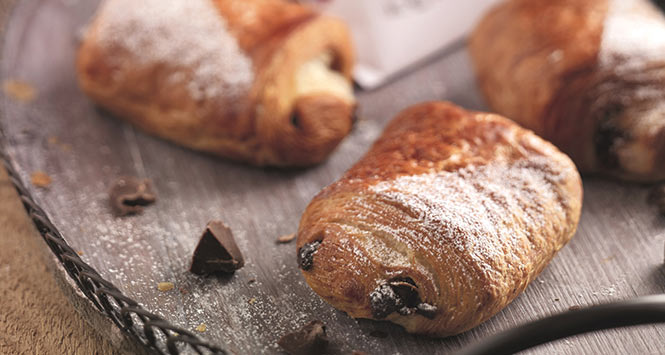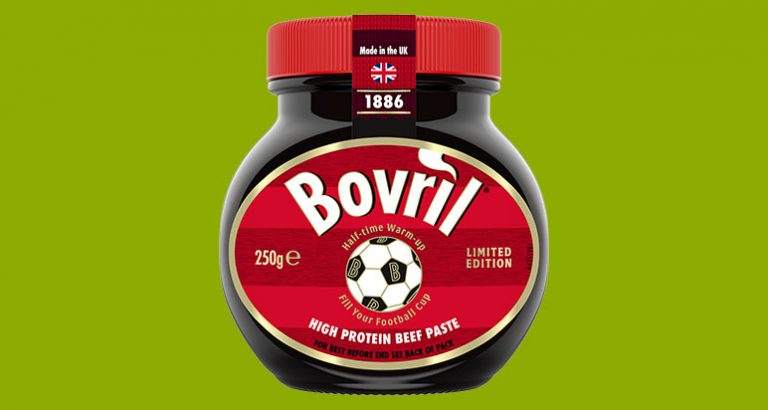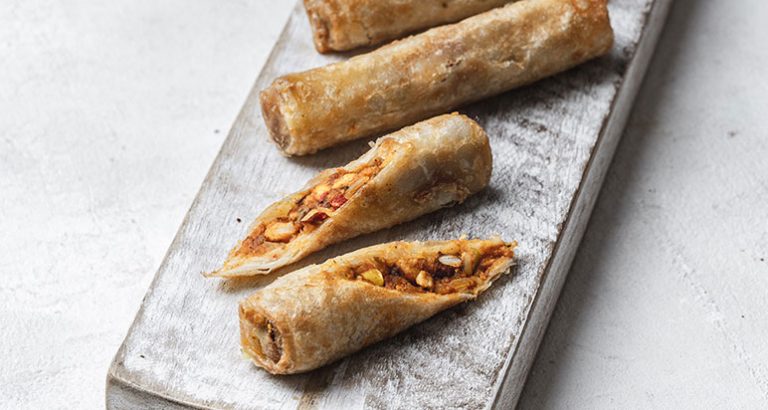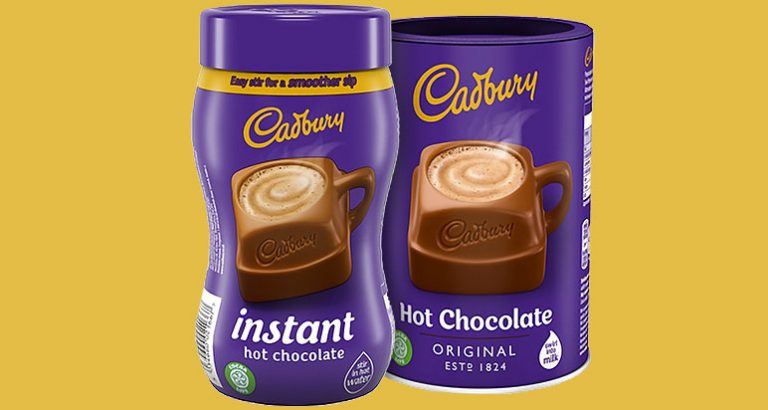With an increasing number of consumers opting to eat on-the-go, and a move away from traditional breakfast products like cereal and toast, the breakfast category has been revolutionalised. Retailers will have to be savvy to maximise this growing trend for food on the move.
by Émer O’Toole
The breakfast market has seen a huge drive towards convenience – in fact, almost half of those eating breakfast at home rate foods being quick to prepare as a factor influencing choice. Breakfast sales cover a wide range of categories – cereals, bread & bakery, and drinks such as juice, tea and milk – making it crucial to get right.
Cereals is an obvious place to start when it comes to driving breakfast sales. The so-called Government-led ‘war on sugar’ last year led to consumers making healthier choices in store, and cereals were hit the hardest in the breakfast category due to the heightened concerns around sugar – according to Mintel research, 82% of UK adults see flavoured cereal as being high in sugar. This has seen shoppers move towards lower sugar options, such as porridge and granola. And within this sector there is no shortage of competition, Quaker Oats is one big-spending brand that continues to fuel market share of the hot cereals category. The Cuppa Porridge range taps into the growing trend for convenient products and the granola range offers consumers a healthier alternative. Porridge sales have increased by 10% in the last two years and seven out of 10 households choose to purchase porridge across the year, so it is unsurprising that the breakfast category continues to be a huge sales opportunity for convenience stores.
The old adage about breakfast’s importance continues to be ignored, with one in three people regularly skipping breakfast in the UK. Consequently, the breakfast opportunity has been ripe for innovation, with manufacturers and retailers looking to meet the challenge of a convenient alternative. Cereal bars offer the ideal solution for consumers opting for breakfast-on-the-go. Nature Valley’s range of cereal bars gives consumers a healthy and nutritious snack that can be enjoyed at breakfast, or at any time of the day. Over the last year, the brand has launched Coconut Crunch cereal bar and Crunchy Bites – bite-sized pieces of its best-selling cereal bars in a re-sealable bag — to appeal to consumers wanting to try something new. Belvita’s breakfast biscuits range also offers a solution for breakfast on the move.
Top tips for selling bakery
- Bake little and often. This helps to reduce waste as retailers will only bake what they need, rather than a huge amount at the beginning of the day. It also means that the products are at peak freshness level.
- Freshness is a key factor for shoppers. For bigger outlets that are baking more frequently, put a chalkboard near the in-store bakery (ISB) to state when the last bake was. This reassures the shopper that the products are freshly baked on site, and can be a real USP for the retailer versus other coffee shops/retail outlets that do not bake on site.
- The Allegra Coffee Shop Report shows that 70% of consumers want something to eat when buying coffee, making an ISB situated nearby a fantastic impulse driven upsell opportunity. If the retailer has a coffee offer in store, they should make sure that there is a Viennoiserie offer next to it to encourage additional purchase.
Toasty sales
Bakery is already the second most frequently bought category in convenience and, even more importantly, in-store bakery shoppers spend over 70% more in-store than average – breakfast plays a major part in this. Symbol shoppers on average buy at least two more items within the category, highlighting the benefit of offering customers freshly-baked goods, and the importance of getting things right when it comes to giving your on-the-go breakfast offering a boost.
According to Mintel research, more than half of adults opt to eat breakfast out of home, with two out of every 10 consumers eating out two to three times a week. The fact that so many people now choose to eat breakfast on the go demonstrates the significant opportunity available for independent retailers looking to maximise this growing trend for food on the move. More and more independent retailers are also looking at dual-siting their in-store bakery fixture next to a coffee machine to give added appeal for shoppers looking for an all-round breakfast solution on the move. It’s a simple but effective way to boost in-store bakery sales. Offering a multi-buy deal on a bakery item and a coffee is proving hugely successful for a number of retailers.
For those with an in-store bakery, baking little and often will not only help to prevent wastage, but will ensure that the fixture is well-stocked for shoppers looking for that freshly baked taste. Aryzta Food Solutions recommends having a wide selection of breakfast pastries that can be eaten on the move, as convenience and choice are key factors for shoppers when making their selection. Aryzta offers a range of best-selling pastries including traditional favourites such as Croissants, Danish Pastries and Pain au Chocolat, as well as a wide selection of easy-to-bake sweet lines, including muffins for consumers eating on the move.
Heinz Tomato Ketchup 50% Less Sugar
A bacon or sausage roll is a popular breakfast choice, so try experimenting with cross-category merchandising by siting ketchup beside bacon or rolls to drive additional sales. The Heinz Tomato Ketchup 50% Less Sugar range was launched in response to customer concerns over the sugar content in Tomato Ketchup and the new range already has a 3.7% share of the Tomato Ketchup market.
Bakery products also have a big role to play in the breakfast market. Warburtons Crumpets, Toastie loaf, Muffins, Pancakes and Potato Cakes help to drive growth of the wrapped bakery market. It is worth placing spreads such as butter, jam and Marmite beside the bread section to encourage cross category promotions. With 99% of households buying into the category each year, butter, spreads and margarine (BSM) is a key top-up and distress category for convenience stores. Breakfast is the biggest occasion for butters and spreads so siting butters and spreads with bread, croissants, pancakes and hot cross buns offers a key sales opportunity.
Remember to focus on drinks as well as food. Normal tea counts for about 72% of tea sales overall, but this is higher in convenience with the rise of top-up shoppers, so give this area sufficient space. Tea is a key distress purchase with 165 million cups consumed nationwide per day. Put it in a prominent position beside associated breakfast products, such as croissants and pastries.
Breakfast will always be a key sales driver in convenience so stock up on a wide range of products to cater for all tastes. The increased diversity of the category has led to on-the-go taking the lead so focus on cross-category promotions, NPD, and fresh products to increase sales.
How to sell butters and spreads
- Merchandise clearly
Product visibility and standout are very important and pack colours are key visual triggers. Separate products into Butter, Butter Spreads, Health and Baking. Within each sector, block products by brand. - Review your product range
If appropriate for your store’s area, experiment with higher value products, such as cholesterol-lowering spreads, as this sector is on the increase. As taste preferences can vary across regions, use your local knowledge to determine whether you need to add a locally produced product to your range. - Use visual reminders such as POS material or promotions
Butter and spreads are often purchased by shoppers while they’re browsing for other items so use reminders such as POS material or promotions to encourage purchase.







